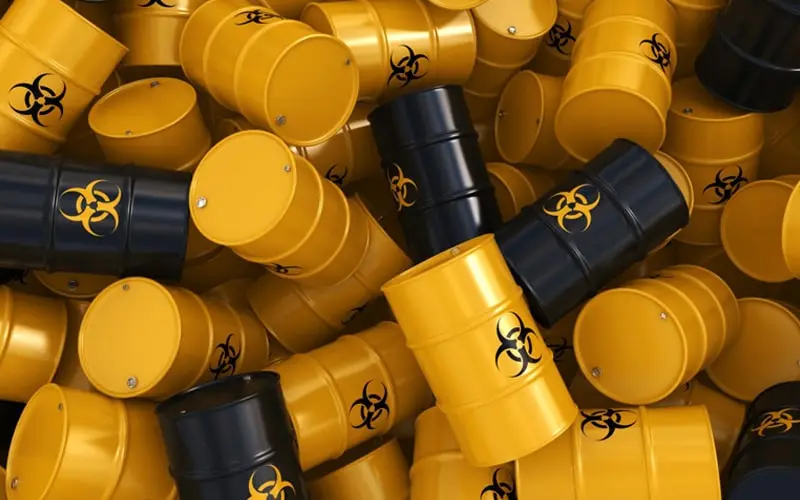Hazardous Waste Disposal: Proper Methods And Regulations

Hazardous waste disposal is a critical issue that requires immediate attention and effective solutions. With the increasing production and use of hazardous materials in various industries, proper disposal methods have become crucial to protect the environment and human health. The improper handling and disposal of hazardous waste can lead to severe consequences, including water and soil contamination, air pollution, and detrimental effects on both human and animal life.
It is essential to understand the nature of hazardous waste and implement appropriate strategies to dispose of it safely. Hazardous waste refers to materials that possess properties that make them harmful or potentially dangerous to human health and the environment. These materials can be generated from a variety of sources such as manufacturing processes, chemical production, healthcare facilities, and household activities. Consequently, it is imperative to have robust systems in place for the collection, transportation, treatment, and disposal of hazardous waste to minimize the associated risks.
Implementing Proper Hazardous Waste Disposal Methods
To effectively address the hazardous waste disposal issue, it is crucial to implement proper methods that prioritize safety and environmental protection. One such method is the establishment of specialized hazardous waste disposal facilities in various regions. These facilities, such as the one in Hazardous waste disposal Austin, are equipped with advanced technologies and trained personnel to handle different types of hazardous materials.
The hazardous waste disposal process begins with the collection of waste from various sources. Proper labeling and packaging techniques are essential to ensure the safety of personnel during transportation. Once collected, the waste is transported to the disposal facility in specialized vehicles designed to prevent leakage or spills. At the facility, the waste undergoes various treatment methods, such as incineration, chemical neutralization, or physical processes, depending on its properties. These treatments aim to minimize the toxicity and volume of the waste before its final disposal in a secure manner.
The final part in addressing hazardous waste disposal is the need for public awareness and education. It is essential to educate individuals and businesses about the proper handling and disposal of hazardous materials to prevent contamination and negative impacts on the environment. This can be achieved through campaigns, workshops, and educational programs that highlight the dangers of improper waste disposal and promote responsible practices. Additionally, strict regulations and enforcement measures should be put in place to ensure compliance with hazardous waste disposal guidelines. By combining effective disposal methods, specialized facilities, and public awareness, we can minimize the risks associated with hazardous waste and safeguard our environment and communities for future generations.
Leave a Reply